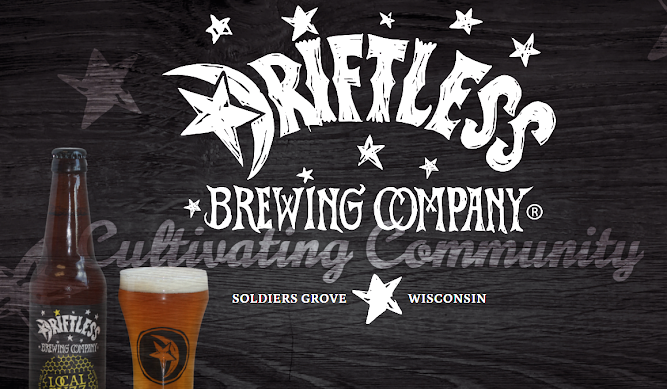The driftless region or zone consists of the extreme northwestern corner of Illinois, southwestern Wisconsin, southeastern Minnesota, and northeastern Iowa. Illinois' driftless region borders are not well defined. Generally, they contain all of Jo Daviess and Stephenson Counties and the western portions of Carroll County near the Mississippi River.
 |
| The Upper Mississippi Region, about 15,000 square miles, was miraculously left untouched by glacial erosion and sediments during the last ice age. |
Galena, Illinois, is a perfect example of a driftless region. "Driftless" refers to the geological history of the area; its ground hasn't been eroded by glaciers in the Pleistocene (last) Ice Age, nor does it have rocks or sediments (termed drift) transported by the moving glaciers.
The driftless region is characterized by steep hills, forested ridges, deeply carved river valleys, Karst[1] geology with spring-fed waterfalls, and cold-water trout streams.
As in Wisconsin, the Illinois portion of the driftless area became a significant center for Lead and Zinc Mining in the 1800s. The city of Galena was named after the lead sulfide mineral Galena.
In Soldiers Grove, Wisconsin, the Driftless Brewing Company took advantage of the fresh, naturally filtered water. The great-tasting spring water is crucial to brewing their beer brands, and they chose to pay homage to the driftless area they occupy.
Compiled by Dr. Neil Gale, Ph.D.
Limestone, aka chalk or calcium carbonate, is a soft rock that dissolves in water. As rainwater seeps into the rock, it slowly erodes.






No comments:
Post a Comment
The Digital Research Library of Illinois History Journal™ is RATED PG-13. Please comment accordingly. Advertisements, spammers and scammers will be removed.